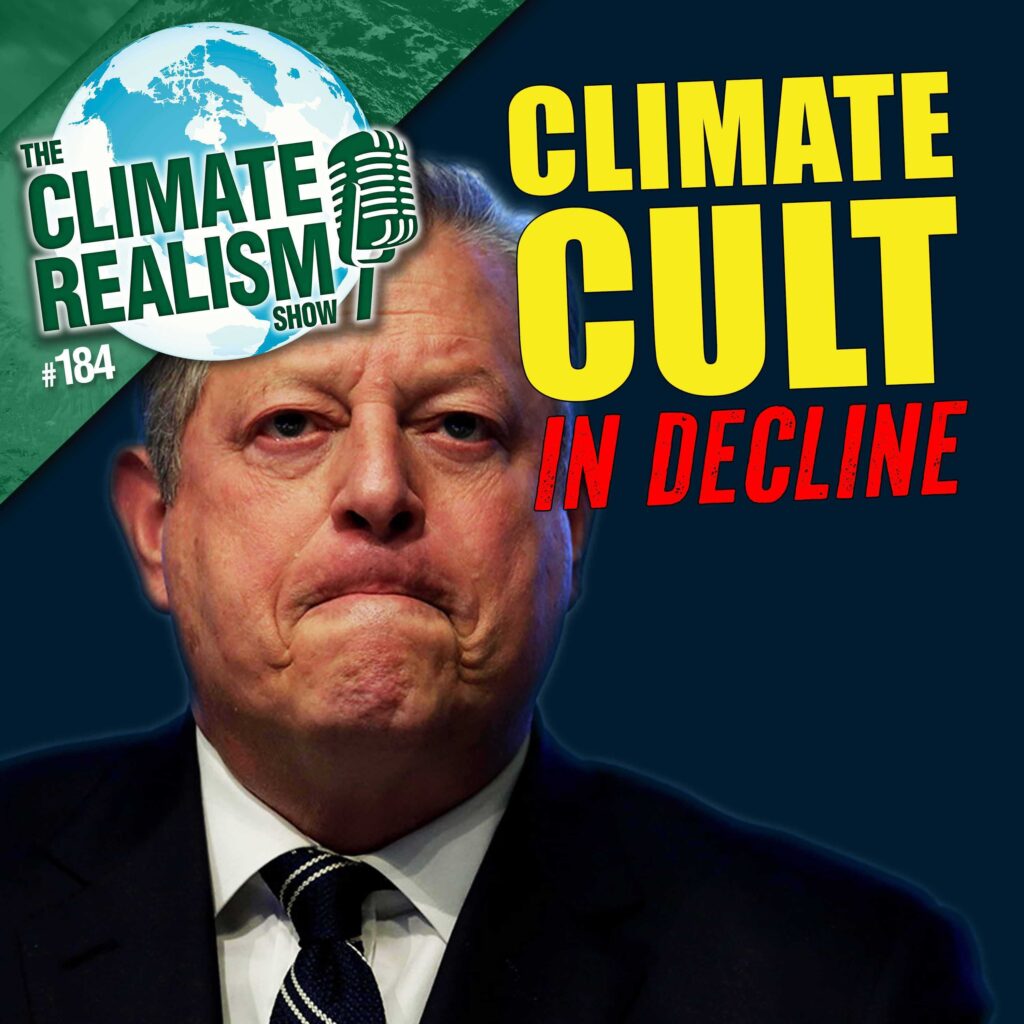Review of POPULAR DECEPTIONS :What they haven’t told us and how much it’s going to cost
Reviewed by Jay Lehr
Popular Deceptions: What they haven’t told us and how much it’s going to cost By Randall L. Hughes; CreateSpace Independent Publishing Platform, April 10, 2014, 278 pages; ISBN-10: 1497388635, ISBN-13: 978-1497388635: $12.75 on Amazon
For thirty years, energy engineer Randall Hughes has been frustrated by widespread misinformation on the subject of energy, chemical use, and other targets of environmentalists’ wrath. His frustration has resulted in a book that tackles major public deceptions, written for a layman. It can be enjoyed by anyone with a desire to forego technical jargon and get to the bottom of these issues.
He has succeeded so well I do not know quite where to start in praising the book. I encourage you to make it a Christmas present for the open-minded on your gift list.
Many Subjects
To set up his observations about popular deceptions, Hughes surfs across subjects known to many of us, including autism, DDT, asthma, ozone, golden rice, and prairie chickens. He explains the evolution of lies and the reasons some individuals and groups have little problem playing the deception game to achieve their hidden agendas. The table of contents includes more than 120 items, making it easy to navigate the book for quick reference.
Hughes shows so many of today’s headlines use nothing more than cherry-picked statistics, and demonstrates most green initiative are more about someone’s financial gain than saving the earth. Randall supports his argument with 311 footnotes.
His cost data is exceptional. For example, he writes, “The costs and actions required to comply with the new ozone standard alone is projected to destroy 7.3 million jobs and cost the nation one trillion dollars by 2020. These aren’t the numbers we’ll hear from the mainstream media and certainly not the message we’ll hear from the environmental lobby.”
Hughes does a nice job explaining the unconscionable battles against phalates, BPA, and even chlorine chemicals, and documents how our children are being brought up on cartoons aimed at sowing fear and mistrust of the free market and industry.
EPA: Job Killer
Among the book’s 22 chapters, Hughes spends the most time on the EPA, referring to it as the Employment Prevention Agency. Most of our readers know EPA has become a travesty, but few understand the details he conveys so simply.
Hughes’ chapters on global warming provide an excellent review for the general reader. Of particular interest is Hughes’ exposure of 150 years of New York Times fear-mongering headlines concerning weather that put the lie to the paper’s absurd opinions of man’s impact on today’s climate. Consider these:
Jan. 2 1870—Ice Melts Suddenly on the Hudson River
June 23, 1890—Winters Are Not So Cold Anymore
Dec 16, 1934—Colder Winters Than in Grandfather’s Day
Jan 30, 1961—Experts Agree Climate Is Getting Colder
July 18, 1970—US and Russia Researching Why World Is Getting Colder
Feb 5, 1972—Greenland Ice Cores Show Catastrophic Change 89,500 Years Ago from Warm to Very Cold
Among the many refreshing insights in the book is a report Hughes uncovered from a PR firm for environmental activists which promotes scuzzy talking points such as, “the argument is already won,” the “skeptics are paid experts,” “talk about human values not science,” “avoid discussing costs,” and “alarmism can be a good thing.”
Hughes is at his best when explaining how the world works, such as why the mainstream media strive so diligently against the truth:
“The news media is not in business to deliver facts. They’re in business to sell advertising. The more they increase subscription rates or increase viewers and listeners, the more they can charge for airing commercials. The news itself may be a public service, but the bottom line for the news media is the same as it is for any major corporation, making a profit. The news is designed to shock, surprise and entertain—all in an attempt to increase audience size and increase profits. That’s why catastrophe, scandal, corruption and environmental wrong doing gets top billing.”
And that’s why you need to read this book and provide copies to your family and friends.
Jay Lehr, Ph.D. ([email protected]) is science director at the Heartland Institute.



